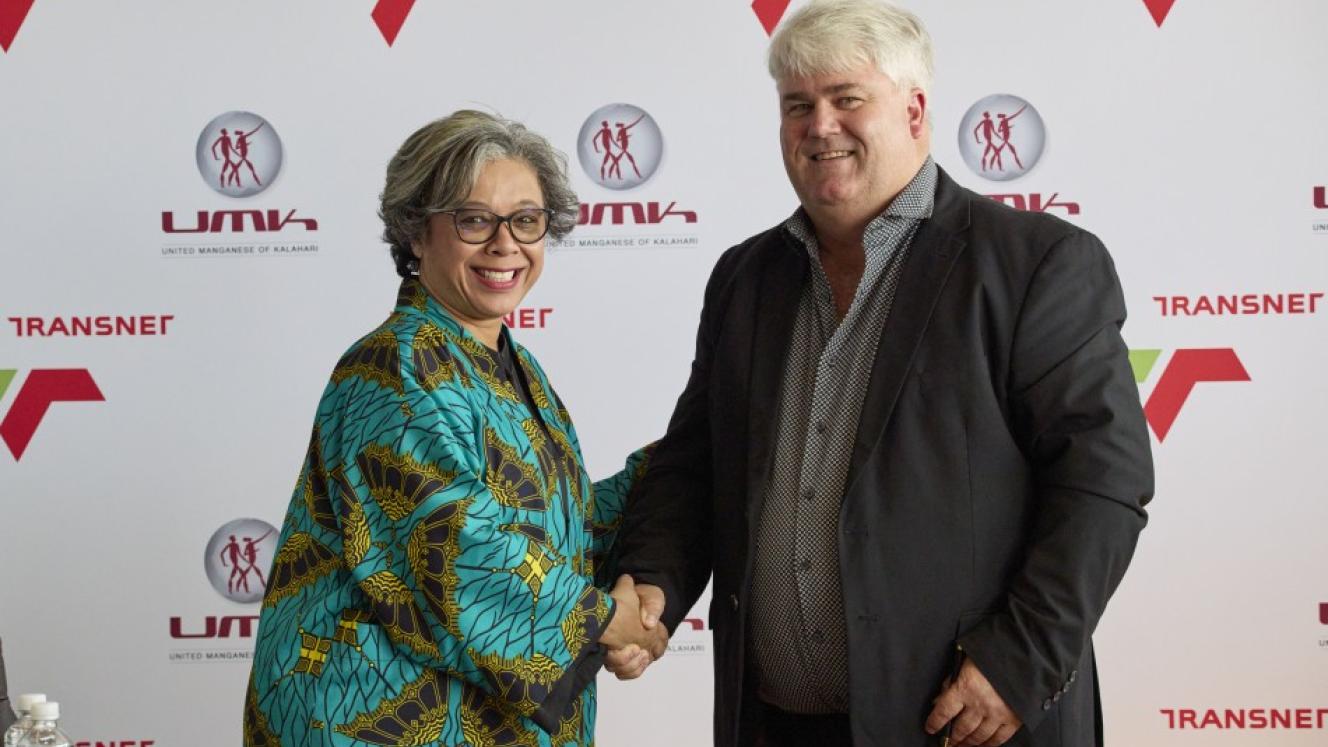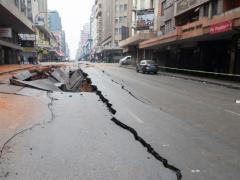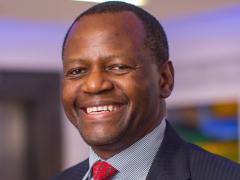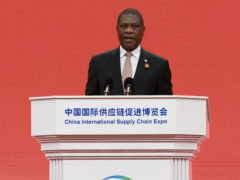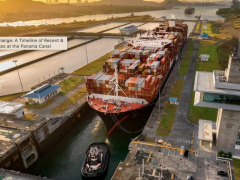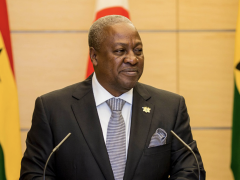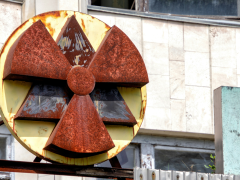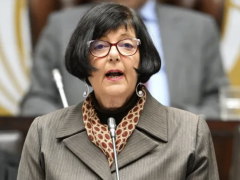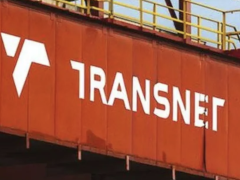Port planning must be
based on economic
common sense, not political expediency - economist
IF AUTHORITIES don't stop meddling with natural, demand-driven requirements from an increasingly internationalised container shipping industry, then Durban and indeed South Africa could find itself being isolated by world shipping interests. In terms of this argument Durban is being short-changed by politicians and other decision-makers when it comes to evaluating the needs and requirements of the port.
This was the loud and clear message from leading economist Professor Trevor Jones, Associate Professor of the Department of Economics of the University of Natal, in a paper presented at last week's City of Durban Research Project seminar.
According to Professor Jones, the focus of Indian Ocean operations could easily be shifted to Aden, Dubai, Singapore or Colombo if current behind-the-scenes activities continue placing their emphasis on developing more politically correct regions.
The danger exists, he said, that Durban could become little more than a spoke, instead of a hub generator of regional and transhipment traffic, and could face a final millennial eclipse. He pointed out that in 1997 the Port of Durban supported a minimum of 40 000 jobs that are clearly identifiable to harbour activities. These jobs brought in an annual local wage and salary bill in excess of R1 billion, while the total value to the local economy was estimated to be above R3, 5 billion.
The port itself handled total cargo traffic of 46,1 million tons, of which oil and petroleum products constituted 34,04%, Containerised traffic 30,18%, Breakbulk 22,51%, and Bulk 13,27%. In terms of commodity value, significance for the wider economy, or real economic activity associated with cargo-handling and management, a multi-purpose port like Durban should not be compared with single-commodity ports such as the oil or bulk terminals elsewhere, says Jones.
But by whatever yardstick the size and activity of the port of Durban is measured, it emerges as a significant port: colossal by southern African, sub-Saharan African and southern hemisphere standards, and large in the wider international league table.
At present Durban is the only SA container port with any remote pretension to hub status, and it is overwhelmingly supported by the carriers as the choice for future terminal expansion. Jones pointed out that container trades are increasingly organised around complex skeins of regional and round-the-world services that interconnect at hub ports.
He said there were consequently few or no container callers carrying exclusively national cargo and equally few that transport exclusively transhipment boxes. For a port such as Durban that aspires to hub status, there would appear to be no alternative but to provide the requisite facilities for all 'normal' hub-and-spoke container traffic, which the carrying lines estimate should incorporate about a 30% transhipment share.
The carriers strongly favour the concentration of their eastern seaboard southern African activities in a single port, and even more strongly oppose a split of main-stream container-handling facilities across neighbouring ports such as Durban and Richards Bay, thereby requiring two port calls within a 100 nautical mile range.
Other eastern seaboard options simply do not exist. Maputo is a makeweight in the container handling equation, with draft parameters even more restrictive than Durban and significant deviation costs for vessels on round-the-world routes. Port Elizabeth has a weak and restrictive landside link with the industrial heartland of Gauteng which makes it a poor choice as a genuine container entrepo«t.
Durban on the other hand is a genuine terminal port in its own right, insofar as between 35 and 40% of container cargo represents exports originating in or imports destined for the Durban metropolitan area itself. This is consequently an immediate and clear reason for container vessels to patronise the port of Durban.
BY TERRY HUTSON
